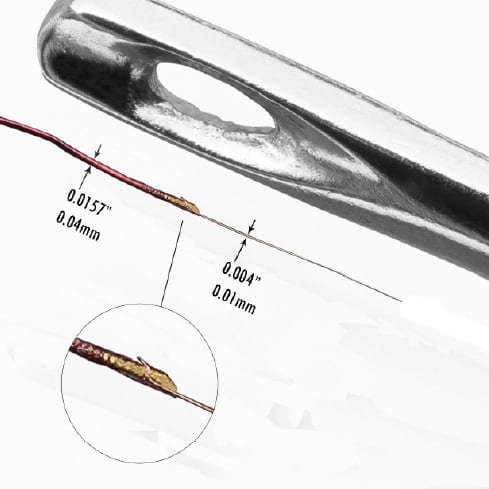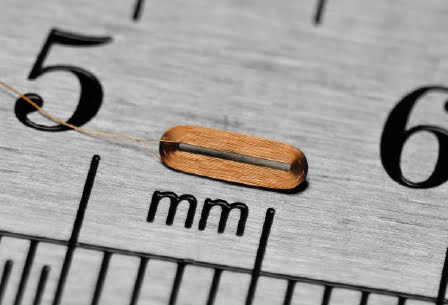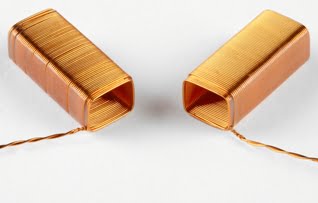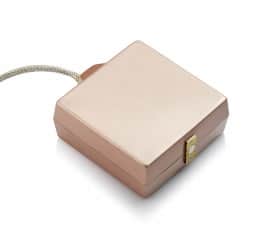The Coil Winding Process

How the Coil Winding Process Works
This article describes the coil winding process for standard sensors and miniature medical sensors. The process requires that the wire does not touch itself as it’s wound around a core or other form. First, the wire is isolated, or coated, with insulation and then wound around a core or pin. This configuration facilitates electromagnetic induction.
All copper coils used in the winding process contain insulated wires. At Benatav, we use polyamide as the base material for insulation. However, several other materials resistant to high temperatures and breakdown voltages are also available.
Most windings produce shaped coils.
Differences between Coils
The main difference between coils is their shape and therefore their electrical values. They can be wound into the following forms:
- round
- elliptical
- rectangular
The inner and outer dimensions of the coil are crucial.
The Coil Winding Process for Medical Grade Sensors
The most crucial parameter for winding medical grade coils is the size. For example, to insert a coil into a vein, the coil must be smaller than 0.8 mm, including the coating or insulation for the wire. This requires highly specialized machinery that must be designed and built in-house.
Coils are made from insulated copper wire wound about a core or a pin. They can also be:
- coreless and self-bonded, i.e., the coil is bound to itself during the winding process.
- wound around a shape, such as a rectangle. Afterwards, the rectangular shape is removed, leaving a rectangular-shaped coil.
Benatav has plans to wind coil using wire that is thinner than 8 microns which will make it the thinnest coil in the world.
How Do You Prepare Micro-Coils?
If it’s a miniature sensor that is made of coils, first and foremost you need to have:
- know-how regarding winding miniature coils.
- special equipment that cannot be found at the standard coil makers.
You cannot simply purchase a machine capable of winding micro-coils; it doesn’t exist. You need to engineer and build such machinery from scratch. At Benatav, we call this in-house engineering. For everything related to miniature coils, whether it’s leads for wire terminals or soldering, you need special machinery that you create in-house.
Using ultra-fine wires to manufacture inductive components and provide connectivity within miniature medical devices requires the interplay of several innovative technologies. These technologies hinge on an array of methods for handling copper and other metal wires of any diameter, down to the finest serially manufactured size of 59 AWG (9 microns or 0.00035 inches). Handling wires that can be 5-10 times thinner than a human hair is no trivial task, especially if the expected final shape of the wound coil is subject to a long list of physical and environmental factors and must meet very strict tolerance requirements.
The machinery used for winding such coils, which controls and monitors the wire’s position and tension at any given time during the winding process, is in most cases custom-built by the coil manufacturer and requires state-of-the-art micro-motion and control systems. As a result, only a handful of manufacturers in the world possess the technical capability to serially manufacture coils that small.
For More Information about the Coil Winding Process
To create miniature coils requires a manufacturer uniquely qualified to wind ultra-fine wire and produce micro-coils. Benatav Advanced Winding Technologies is ready to help you with any questions or concerns about the process. To contact them, please phone +972-3-934 5951 or write to info@benatav.com.





